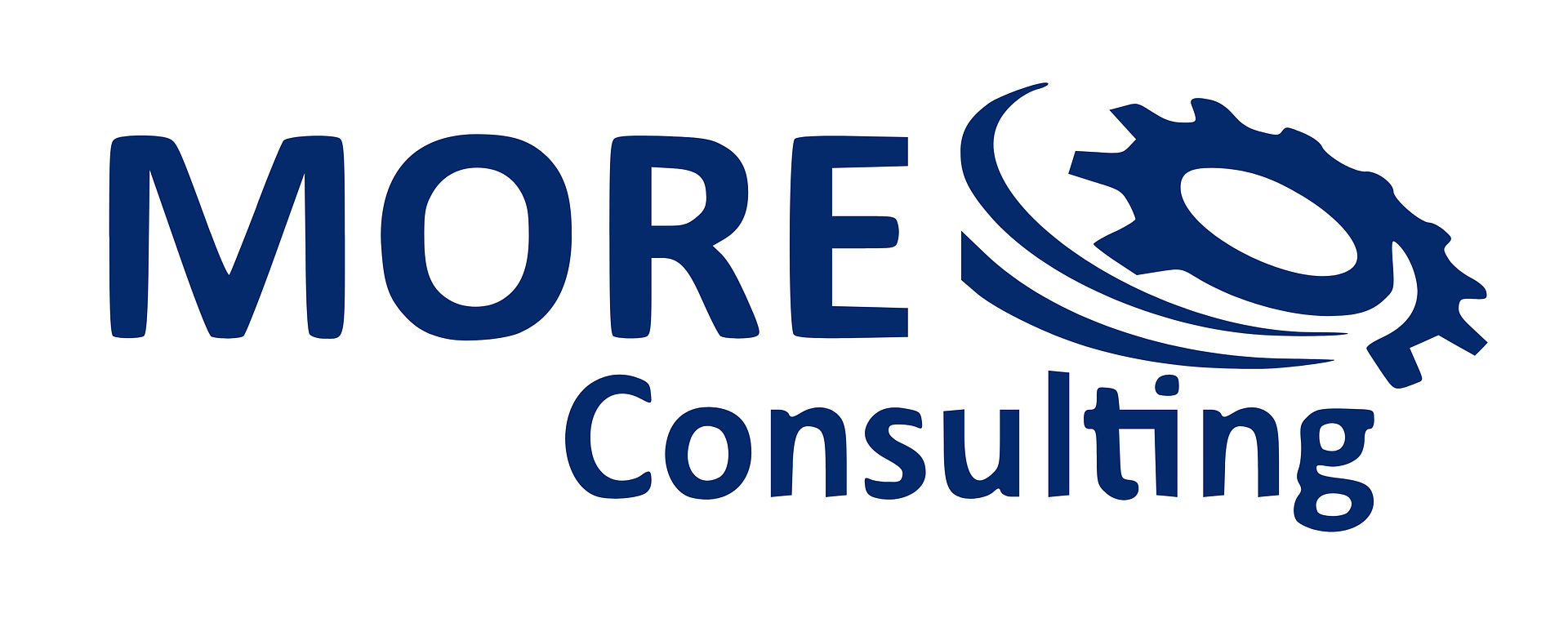MORE
Change management?
The human being in focus
Improvement comes only with the pain of instability. Change processes are always drastic for everyone involved. In the end, however, there are sustainable improvements and enormous competitive advantages.

Change management?
The human being in focus
Improvement does not come without the pain of instability. Change processes are always unpleasant. In the end, however, there are sustainable improvements and enormous competitive advantages.
We understand your
Challenge!
If you really want sustainable and successful change in your company, you have to realize that you first have to go through the valley of change.

You have to go through these phases if you want to implement sustainable changes in your company.
Moving from the status quo to a stable, improved situation in the company means that you first have to invest performance and money. It must be clear to you that there is no improvement without the pain of instability. Only afterwards will a stable process re-establish itself. Don’t let anyone tell you how great all the other change processes have gone in all the other companies …. it’s never true!
The human being is always in the center
Structures and processes can only change if employees are willing and able to support and implement change. That is the number one success factor. Only a few people are positive about an upcoming change or even see it as an opportunity for the future. Rather, people by nature react with restraint and also negatively to changes as soon as they affect themselves.
There will be resistance to change. It is therefore necessary to provide employees with comprehensible reasons why the decision is so important for the company and why this is to their advantage.
If employees become afraid that they will not be able to cope with the change, you will not be able to explain the necessary change to them with logical arguments. You will do everything to show that it does not work – you will lose money afterwards.
Change management in practice
There are many situations in which it is not possible without fundamental change. We support you at every step of the change and the implementation.
Strategic realignment
You want to open up new markets? Your customers have changed their consumption habits? You want to merge? In order to lead strategic changes to success, experienced managers are needed to minimize uncertainties and make the realignment successful in the long term
New technologies
We support you in switching to new technologies, implement sustainable process and organizational changes, and introduce your employees to the new tasks and procedures.
The implementation of these changes will only succeed if structures, roles and tasks within the company are changed. This process particularly affects managers and employees who have to deal with and understand the new products or processes.
Personnel decisions
Staff reductions can also be part of change management. Care must be taken to really integrate all affected employees and stakeholders in the right way.
Clear and concise communication is especially important, because this change process is one of the most painful and resistance is certain. We know the legal framework and the economic and professional background in the process of a staff reduction.
Riding dead horses
You know the often quoted and rarely heeded wisdom of the Dakota Indians that says, “If you discover you are riding a dead horse, get off”?
Sounds simple, doesn’t it? But instead of getting off a dead horse, we have developed many methods and strategies in our professional lives – some to the point of perfection – to avoid the inevitable consequences after all.
We …
- get us a stronger whip.
- assure, “that’s how we’ve always ridden horses here at our place.”
- form a working group to analyze the dead horse.
- visit other place to see how to ride dead horses there.
- Raise the quality standards for dead horse training.
- form a task force to revive the horse.
- buy in people from outside who can supposedly ride dead horses.
- insert a training session to be able to ride better.
- change the criteria that say a horse is dead.
- harness several dead horses together to speed us up.
- Explain, “No horse can be so dead that we can’t ride it.”
- are doing a study to see if there are better or cheaper horses.
- explain that our horse is better, faster and cheaper dead than other horses.
- form a quality circle to find a use of dead horses.
- Establish an independent cost center for dead horses.
- increase the area of responsibility for dead horses.
- develop a motivation program for dead horses.
- create a presentation in which we show what the horse could do if it were still alive.
- restructure so that another area gets the dead horse.
- send someone the dead horse as a gift. Gifts must be accepted and may not be returned.
- Change the requirement from “ride” to “move” and issue a new development order.
- bring the dead horse to the stock exchange under an attractive name.
- note that others also ride dead horses and declare this to be the normal state of affairs.
- have the dead horse certified as soon as possible.
- sources the horse.
- Bet the cattle only simulates!
Do you also know examples of dead horses in your company? Then write to us! We will be happy to add them to our list!
